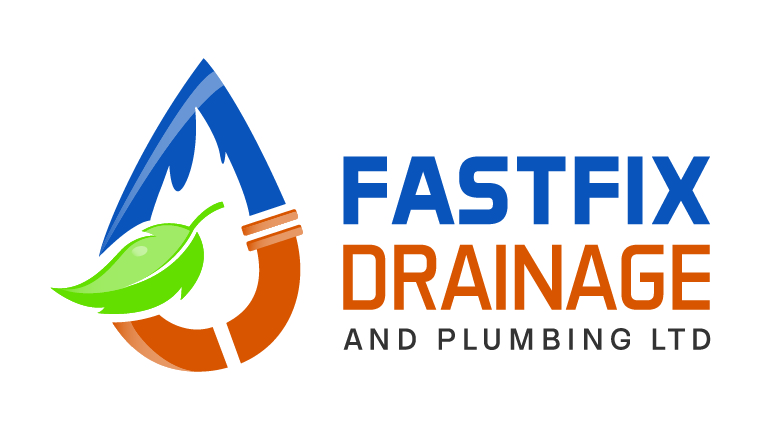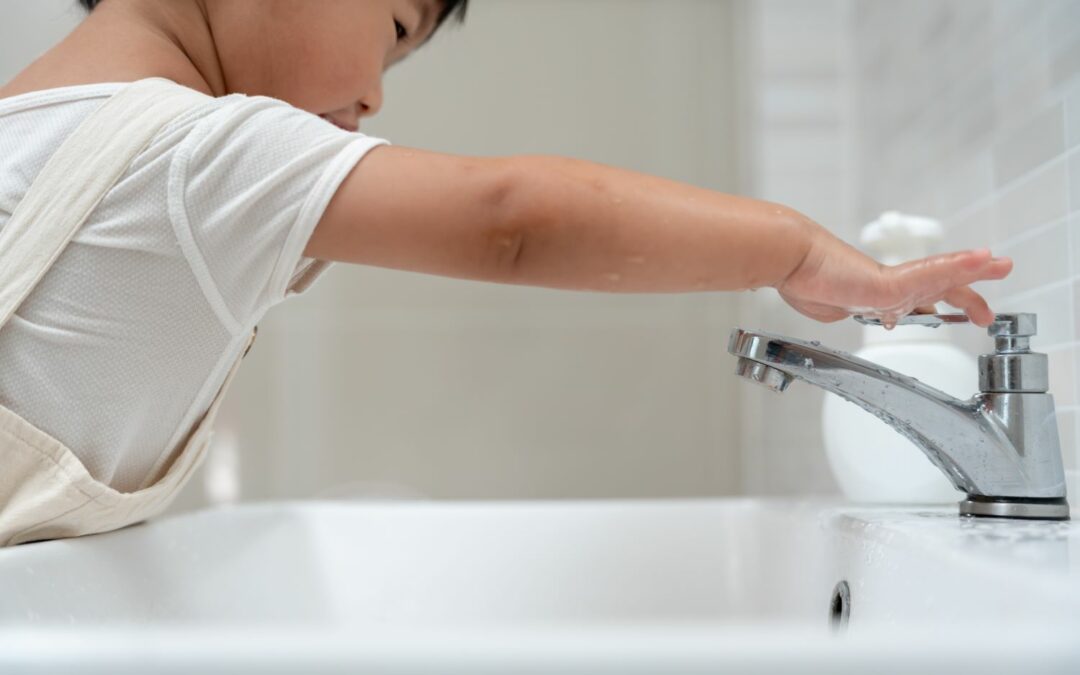Creating a safe and secure environment for your family is a top priority, especially when you have young children. While many aspects of childproofing are well-known, plumbing safety is often overlooked. In this blog post, we’ll explore essential tips for childproofing your plumbing to ensure a hazard-free home for your little ones.
Secure Access to Hazardous Areas:
Start by securing areas that pose potential risks to your child. Install safety gates or barriers to limit access to bathrooms, kitchens, and utility rooms. These spaces often house plumbing fixtures and materials that can be harmful if tampered with.
Lock Away Hazardous Materials:
Keep household cleaning products and plumbing supplies stored securely in cabinets equipped with childproof locks. Many household items used for plumbing maintenance, such as drain unblocker, can be toxic or harmful if ingested. Locking away these materials ensures that your child cannot access them accidentally.
Teach Water Safety:
Educate your children about the importance of water safety. Teach them not to play with plumbing fixtures, such as turning on faucets or playing with valves. Establishing early awareness can go a long way in preventing accidents.
Childproof Toilet Areas:
Toilets can be a source of danger for curious children. Install toilet seat locks to prevent accidental drowning incidents. Additionally, consider using a toilet lid lock to keep the lid securely closed, minimising the risk of items being flushed or little hands exploring where they shouldn’t.
Temperature Control for Tap Water:
Young children are particularly vulnerable to hot water burns. Adjust the water heater to a safe temperature, around 120°F (49°C), to prevent scalding. To further enhance safety, fit faucets with anti-scald devices or use a thermometer to test the water temperature before allowing your child to play or wash their hands.
Child-Friendly Faucets:
Choose faucets with childproof features, such as anti-scald technology or temperature control handles. Additionally, opt for models with motion sensors or touchless technology to reduce the risk of burns from hot water handles.
Install Drain Covers:
Drains are another potential hazard, especially in bathtubs and sinks. Use drain covers to prevent small objects, like toys or hair accessories, from being lodged in the drain. This simple step can also help avoid blockages and plumbing issues.
Regular Plumbing Maintenance:
Regularly inspect and maintain your plumbing system to ensure there are no leaks or potential hazards. Call a plumber to fix any issues promptly to prevent water damage and create a safer environment for your family.
Conclusion:
Childproofing your plumbing is an integral part of creating a safe home for your young children. By implementing these tips and staying vigilant, you can significantly reduce the risk of plumbing-related accidents and ensure that your little ones can explore their surroundings safely. Taking these precautions will not only protect your children but also contribute to a stress-free and secure home environment for the entire family.



